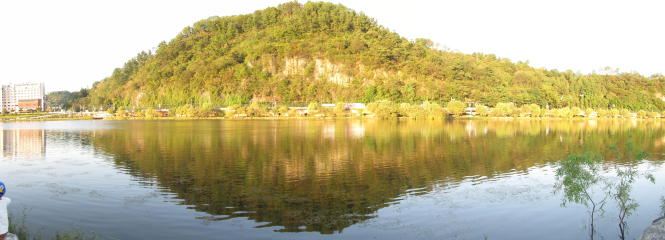
Gangwon Do Mountains, South Korea
For most visitors to South Korea, Seoul is as far as they go. And why not? Seoul is the heart of Korea. Forty eight percent of the Korean populous live in the Seoul capital area, making it the third largest urban area in the world. It’s big, it’s bright, and it never sleeps. But what people forget it that the Seoul area covers a mere twelve percent of the area of South Korea. What about the undiscovered eighty eight?
For those who want to escape the frantic city, South Korea is home to some of the most beautiful landscapes around. To see natural Korea at it’s best, and to breathe good clean air for a while, get on a bus from any Seoul terminal and head to the province of Gangwon-do. As you get off the bus in this rural paradise, you realise that the ‘cloud cover’ in Seoul was just smog, and that this is the first time since you arrived that there hasn’t been background noise.
The province has three national parks, Odaesan, Seroksan and Chiaksan. So far my explorations have only taken me to Odaesan – but my goodness. Odaesan has the largest natural woodland in Korea, and some beautiful mountain climbing. I did Birobong peak – a steep, demanding climb up (and crowded, unfortunately), with a gentle decent over a secondary peak if you don’t want to just retrace your steps. Most Korean visitors seem to go up and then straight back down, making the longer, circular route much quieter and more pleasant. There are several ornate temples en-route; you can either stop for a while or power on through, and heaps of bird life and chipmunks!
The whole route took about five hours (without temple time), and about two litres of water so make sure you carry enough. The leaves start to turn bright yellows and reds with the autumn, and the slightly cooler weather makes walking much easier, so September is the perfect time of year to do these climbs.



